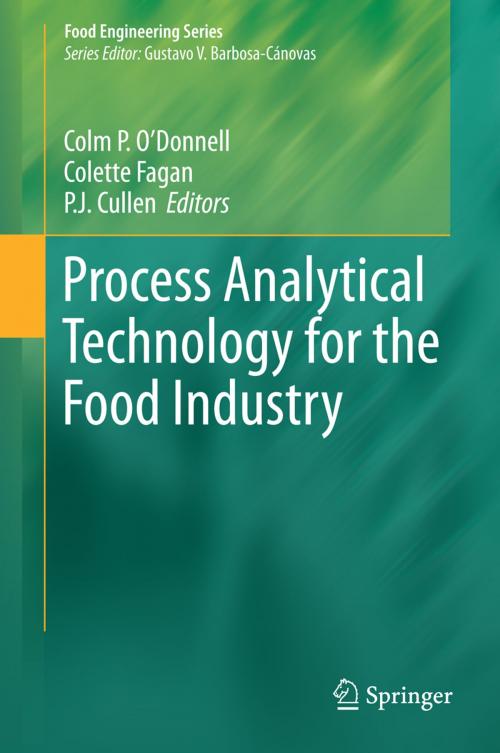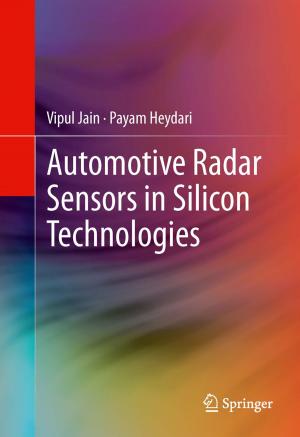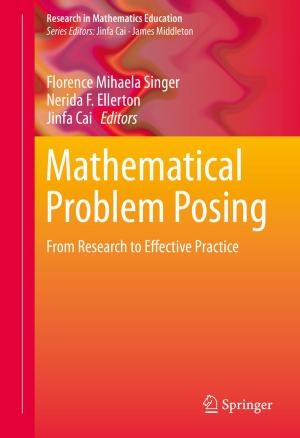Process Analytical Technology for the Food Industry
Nonfiction, Science & Nature, Science, Physics, Spectrum Analysis, Technology, Food Industry & Science| Author: | ISBN: | 9781493903115 | |
| Publisher: | Springer New York | Publication: | November 3, 2014 |
| Imprint: | Springer | Language: | English |
| Author: | |
| ISBN: | 9781493903115 |
| Publisher: | Springer New York |
| Publication: | November 3, 2014 |
| Imprint: | Springer |
| Language: | English |
The Process Analytical Technology (PAT) initiative aims to move from a paradigm of ‘testing quality in’ to ‘building quality in by design’. It can be defined as the optimal application of process analytical technologies, feedback process control strategies, information management tools, and/or product–process optimization strategies.
Recently, there have been significant advances in process sensors and in model-based monitoring and control methodologies, leading to enormous opportunities for improved performance of food manufacturing processes and for the quality of food products with the adoption of PAT. Improvements in process efficiency, reduced product variability, enhanced traceability, process understanding, and decreased risk of contamination are some of the benefits arising from the introduction of a PAT strategy in the food industry.
Process Analytical Technology for the Food Industry reviews established and emerging PAT tools with potential application within the food processing industry. The book will also serve as a reference for industry, researchers, educators, and students by providing a comprehensive insight into the objectives, challenges, and benefits of adopting a Process Analytical Technology strategy in the food industry.
The Process Analytical Technology (PAT) initiative aims to move from a paradigm of ‘testing quality in’ to ‘building quality in by design’. It can be defined as the optimal application of process analytical technologies, feedback process control strategies, information management tools, and/or product–process optimization strategies.
Recently, there have been significant advances in process sensors and in model-based monitoring and control methodologies, leading to enormous opportunities for improved performance of food manufacturing processes and for the quality of food products with the adoption of PAT. Improvements in process efficiency, reduced product variability, enhanced traceability, process understanding, and decreased risk of contamination are some of the benefits arising from the introduction of a PAT strategy in the food industry.
Process Analytical Technology for the Food Industry reviews established and emerging PAT tools with potential application within the food processing industry. The book will also serve as a reference for industry, researchers, educators, and students by providing a comprehensive insight into the objectives, challenges, and benefits of adopting a Process Analytical Technology strategy in the food industry.















